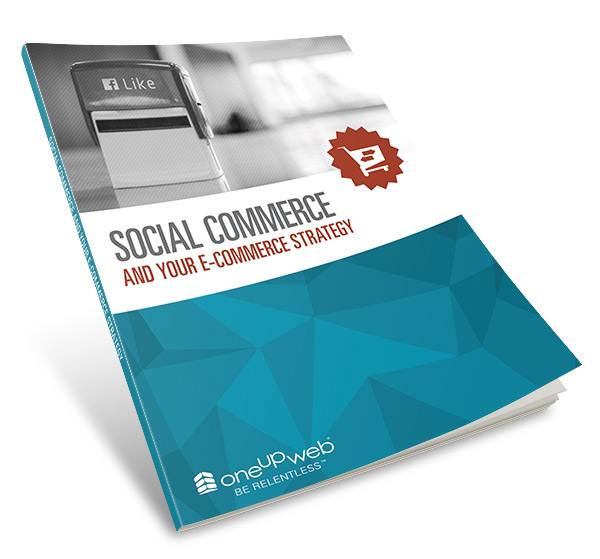Instagram Video vs. Vine: 5 Things Brands Should Consider
It seems incredible that Vine is barely a year old, and that Video on Instagram didn’t debut until June 2013. Particularly for brands looking to engage the Millennial market, short-format video marketing makes a compelling case. Short-format video appeals, in particular, to Millennials’ appetite for multimedia content and what Nielsen calls their preference for “off-beat, sarcastic and slapstick humor.” Both Vine and Instagram offer digital marketers the opportunity to capitalize on both, but which makes the most sense for your brand? Here are 5 things to consider in marketing your brand on Vine or Instagram video:
1) User Adoption — With its photo-sharing service already well-established and backed by Facebook, Instagram offers an incomparably large audience for brands considering the application for video. L2’s 2013 Social Media Platforms study of 247 prestige brands determined that the average number of Instagram followers of brands using Instagram video is 202,663 followers, and the average number of Vine followers of brand Vine accounts is 5,133.

3) Format — Part of the appeal of both Vine and Instagram videos is their brevity (Vines must be 6 seconds or less, Instagram videos are limited to 15 seconds). Yet the growing popularity of short-format video content and video messaging apps like Snapchat has made consumers – especially Millennials – increasingly selective, and Vine’s shorter short format gives it an advantage.
4) Target Market — This one builds on the first three, and is maybe the most important. The simple truth is this: your target market is unique, and so are the users of both Vine and Instagram, respectively. It’s important not to overly generalize, but Vine was first to the video-sharing space, and its core users are, as Jordan Crook wrote for TechCrunch, “video-sharing addicts… they craved snackable video-sharing before an app like Instagram could give it to them.” And whereas Instagram video connects brands with a massive potential audience in a familiar environment, Vine’s extremely short format demands creativity. Contrasting the two apps, Crook notes, “Instagram built a video sharing product for the masses … But Instagram video’s mass-market appeal only makes Vine’s niche, creative-focused breed of video sharing that much more niche, and creative-focused.” Just ask Dunkin’ Donuts.
5) It’s Not (Necessarily) Either / Or — For some brands, it makes sense to be active on both Vine and Instagram. But if your budget simply won’t allow for both, or there’s any question of bandwidth, by all means choose one or the other. It’s better to do one thing really well than to try doing two things and simply muddle through.
Considering incorporating Vine or Instagram video into your digital marketing strategy? Contact us to talk more about social media marketing, or download our free whitepaper, “Social Commerce & Your Ecommerce Strategy.”

